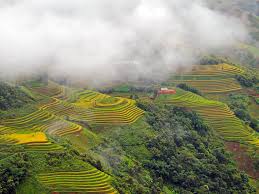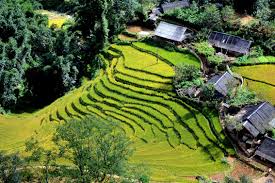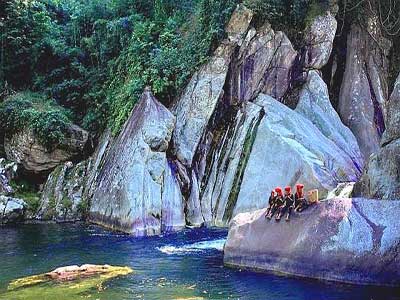Located far from Sapa less than 10 kilometers, Ta Van – a village of Lao Cai province is lying peacefully in the valley of Muong Hoa. Residents are mainly the H’Mong ethnic, Giay, and Red Dao… with approximately 1000 people. From Ta Van, we can travel very convenient to other popular destinations of Lao Cai such as: Lao Chai, Cau, Ta Phin, Cat Cat…
The road leads to Ta Van village that is small and narrow. Along two sides has a fertile terraced field which adorns by the green of corn and rice. When visitors come to Ta Van village, they will not be amazed at the simple beauty of the houses in the village. Previously, Ta Van based on the customs and characteristic of the Giay in Lao Cai. They live together at the bottom, mountains, the valleys, along streams. They rarely live in the mountain or the top. Because living in a same local, according to historical process, the Giay is influenced by the culture of the Tay, Thai, Nung about language, home, dress and some cultural activities…
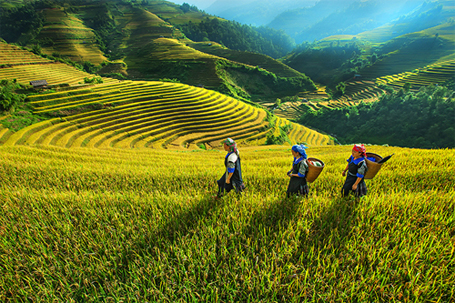
Growing rice is the major profession of the Giay. Besides, they also produce instruments and engraved silver. They live in both stilted houses and common houses with a solemn central part which is served as a place for ancestor altar and guest reception. The Giay have quite various cultures with fairy-tale, poetry, proverbs and riddles. Costumes of the Giay are simple: women with short eczema, wearing cloth bag with embroidered flowers; man also wears pants and shirt.
If having the opportunity to come here, visitors can enjoy some special dishes of ethnic Giay such as: roast fish of Muong Hum, horse meat of Muong Khuong, sticky rice of Van Ban… and enjoy festivals, folk games of the Giay: Nao Cong, Roong Pooc… and participate in tours of the village.
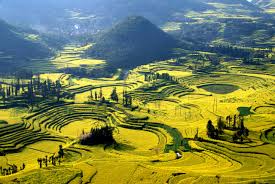
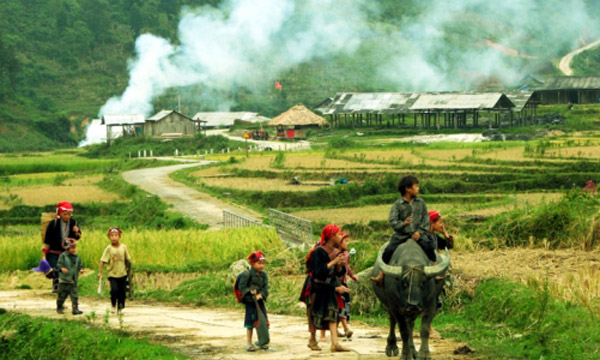
The Giay
Only 2% of Sapa’s population come from the Giay ethnic group, and so it can be tough to discover much about this fascinating community that emigrated to Vietnam from China only two centuries ago. A majority of Vietnam’s Giay group live in more northern provinces in the country where stilted houses (the traditional-style home) is common even now. In the sunny and fertile Lao Chai village, though, Giay homes have adapted to be closer to be only one story, usually with a simple interior in a dirt floor.
Distinct from the H’mong communities they live alongside, the Giay wear relatively simple clothing that boasts splashy, vibrant colours but less ornamentation than H’mong textiles. Thanks to their geographic roots, a whole host of Giay cultural elements feel distinctly Chinese, with the group’s clothing and cuisine borrowing flavours from Vietnam’s northern cousin. In Lao Chai, the Giay sustain their livelihoods and health in much the same way as the H’mong – by raising lifestock and tending to endless rice terraces and mountain fields.


